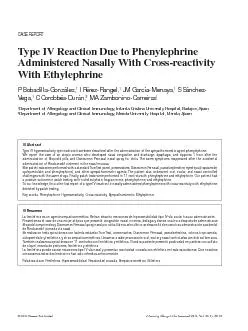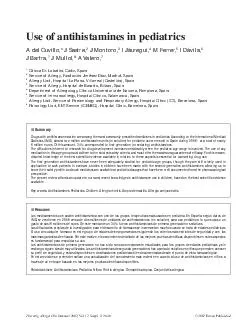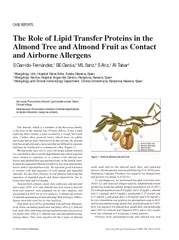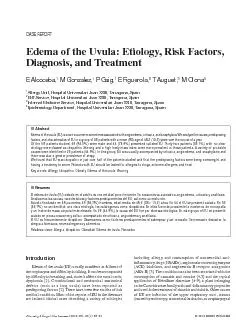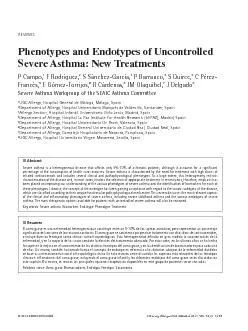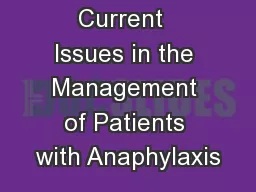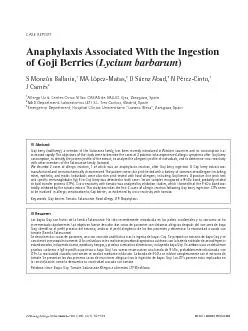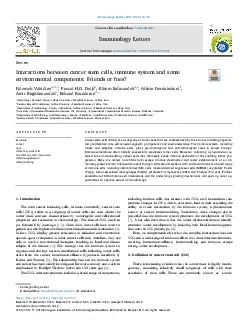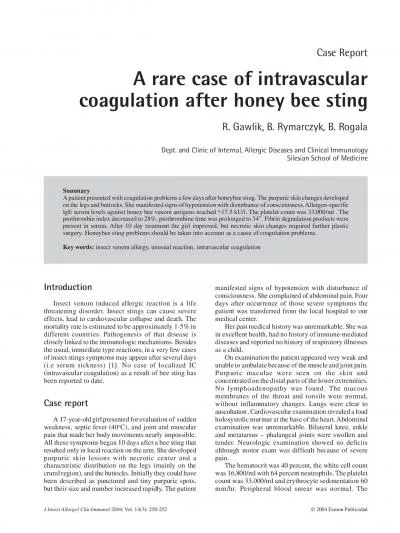PDF-J Investig Allergol Clin Immunol 2011; Vol. 21(1): 69-72
Author : calandra-battersby | Published Date : 2015-09-11
We also carried out a controlled oral challenge with Stopcold an ocular challenge with tropicamide cyclopentolate tetryzoline naphazoline and brimonidine and a nasal
Presentation Embed Code
Download Presentation
Download Presentation The PPT/PDF document "J Investig Allergol Clin Immunol 2011; V..." is the property of its rightful owner. Permission is granted to download and print the materials on this website for personal, non-commercial use only, and to display it on your personal computer provided you do not modify the materials and that you retain all copyright notices contained in the materials. By downloading content from our website, you accept the terms of this agreement.
J Investig Allergol Clin Immunol 2011; Vol. 21(1): 69-72: Transcript
Download Rules Of Document
"J Investig Allergol Clin Immunol 2011; Vol. 21(1): 69-72"The content belongs to its owner. You may download and print it for personal use, without modification, and keep all copyright notices. By downloading, you agree to these terms.
Related Documents

